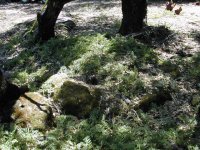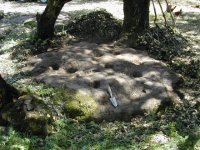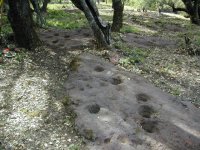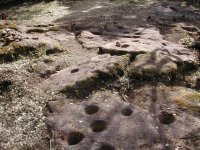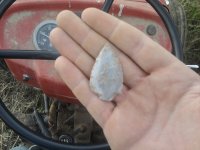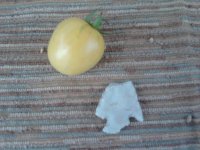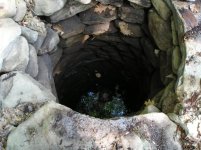Burial Sites and Skeletal Remains
People who believe human burials or skeletal remains are being or are about to be disturbed or damaged must notify the chief medical examiner and the state archeologist. If the remains are encountered during construction, farming, an archeological dig, or any other activity which may damage them, the activity must stop and may not continue until authorized by the examiner and archeologist. But authorization must be given within five days of the examiner completing the investigation he or she is required to conduct.
After the medical examiner conducts any necessary investigation, he or she must notify the state archeologist if the remains are Indian or were buried for over 50 years. Within 72 hours of the notification, the state archeologist must determine in consultation with CCT, the advisory council, DEP, and the landowner, if the site can be preserved and protected by a restriction on the land.
If preservation of the site is not prudent or feasible, or is not agreed to by the landowner, the state archeologist must, if feasible, provide for removal and the burial of the remains at another location or for additional archeological analysis before reburial. Such decisions must be made in consultation with the landowner and, if appropriate, the advisory council, CCT, and DEP. Any excavation and recovery of remains must be completed within five business days after the medical examiner's notification unless the landowner consents to additional days.
Human skeletal remains discovered during an archeological dig must be excavated under the state archeologist's supervision under a written agreement between the state archeologist and the permit holder. Due care must be exercised during the process to ensure that Indian's sacred meanings are respected and protected.
Private landowners are not liable for the costs of excavation, removal, or reburial of any remains.
